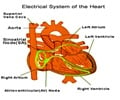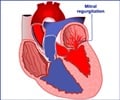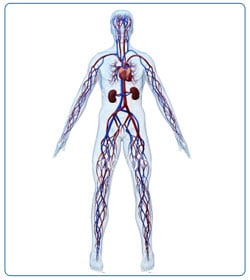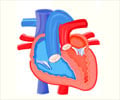Treatment
Most of the holes in the septum close on their own and need no treatment. A follow up is required to ensure that the hole in the septum has closed completely. There are no known medicines to cure septal defects. However drugs can be used to relieve symptoms caused due to complications. Patients in heart failure can be treated with drugs that can enhance the heart function. Diuretics or water pills can be used to remove water retention in the extremities or lungs. Antibiotics are prescribed for patients who need dental surgery or any other intervention. This is to prevent infective endocarditis, which is the infection of the heart structures. Endocarditis can be potentially fatal if undiagnosed.
Few infants with large ventricular septal defects have growth impedance or do not gain weight. They get easily tired during feeding. In these cases, doctors recommend nutrition in forms of high calorie formula or special feedings. Babies that require immediate surgery may also be fed through tubes placed into their stomach via their nose. This method is often temporary.
Treating septal defects normally depends on the size & location of the hole and the type of the defect. A child’s age, weight and general well being also matters. Many holes can be repaired in infancy or early childhood.
Until the twentieth century, open-heart surgery was the usual method for closing the atrial septal defects. But modern advances have helped not only better diagnostic capability but also treatment using cardiac catheterization.
A catheter is inserted into the heart through the groin, neck or arm. At the end of the catheter, there is a tiny device. The device is placed in the septum closing the hole. The optimal size of the device is usually determined during catheterization. This keeps the device from slipping away from its place when the catheter is tugged out after final deployment. Oversized devices can distort the neighboring valve structures and can cause regurgitation. Usually blood clots form over this device and act as a skin to keep it in place. The patient can escape cardiopulmonary bypass by this technique and recovery is very quick (about 24 hours) compared to open-heart surgery (about 14 days). This procedure is successful and a safe substitute to surgery in infants with certain types of septal defects.
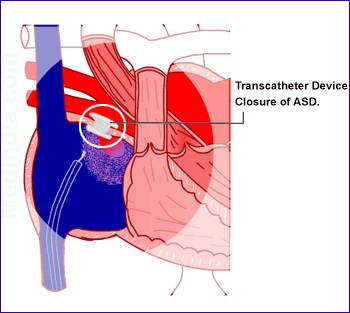
Another method of closing the septal defects is by open-heart surgery. A pediatric cardiac surgeon will perform this surgery. The child will be kept under general anesthesia throughout the procedure. An incision is made along the sternum on the chest. A heart lung machine is employed. Blood from and to the heart is diverted to the machine through sterile plastic tubes. The heart’s beating is stopped temporarily for the procedure. One of the chambers is open to reveal the hole. A special patch is used to close the hole. The heart is then sutured and blood circulation is brought back to the heart.
Surgery for ventricular septal defects is most commonly indicated when the baby fails to thrive or symptomatic with more than one hole (Swiss-cheese type) in the ventricular septum. Congestive heart failure in early life also creates a need for surgery.
Outcome of surgery is excellent and the complications from septal closure surgery are rare.




